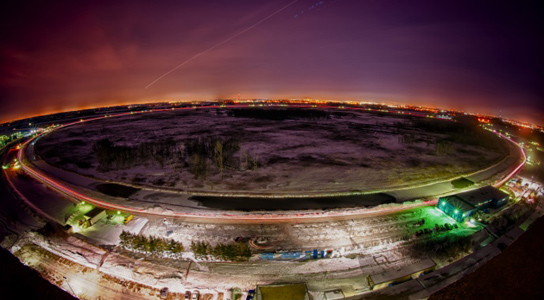
The Tevatron particle accelerator at the Fermilab, Batavia, Illinois. Credit: Fermilab
The elusive Higgs boson might have been spotted in the data collected by the Tevatron, a now shuttered collider at Fermilab in Batavia, Illinois. The existence of the Higgs boson is predicted by the Standard Model of particle physics.
The results aren’t statistically significant, but it was announced on March 7th at the Moriond conference in La Thuile, Italy, that they are consistent with a possible standard model Higgs particle with a mass of around 125 GeV, which was suggested by experiments at the Large Haron Collider at CERN near Geneva, Switzerland, in 2011.
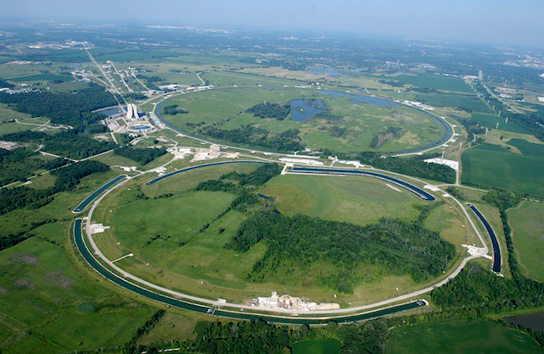
Credit: Fermilab
Researchers at the Tevatron saw an excess of events produced in the proton-antiproton collisions, which could have been caused by a Higgs with a mass between 117 and 131 GeV. This result has a statistical significance of 2.6 sigma, meaning that there is a 0.5% probability that the result is due to chance.
The Tevatron is most sensitive to particles produced by the Higgs decaying into bottom and antibottom quarks, states Dmitri Denisov. These results are complementary to the ones produced by the LHC, which is sensitive to other decay modes, including the production of two photons.
The Higgs boson was predicted as a physical manifestation of the Higgs field in 1964 to explain why some particles have mass while others, like photons, are massless. Supersymmetry, the extension of the standard model, can include several different Higgs particles, including one that looks similar to the standard-model Higgs.
The data was collected from 2002 to 2011 when the Tevatron was shut down. Researchers hope that with the LHC’s higher energy of 8 TeV in 2012, they will be able to collect three times as much data, and reach a statistical significance of 5 sigma, which is enough to claim the discovery of the Higgs.
The Higgs will be discovered when clear signals with separate decay modes point to a consistent mass, states Matthew Strassler, a theoretical physicist at Rutgers University.

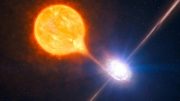
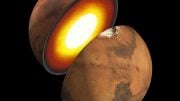
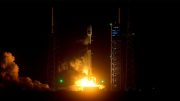
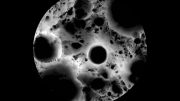
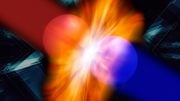
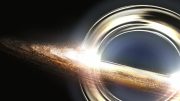


Be the first to comment on "More Data of Elusive Higgs Boson from Defunct US Tevatron Collider"